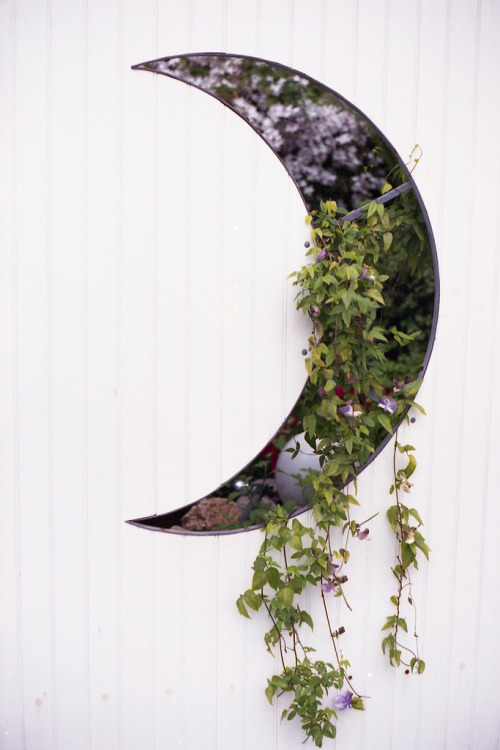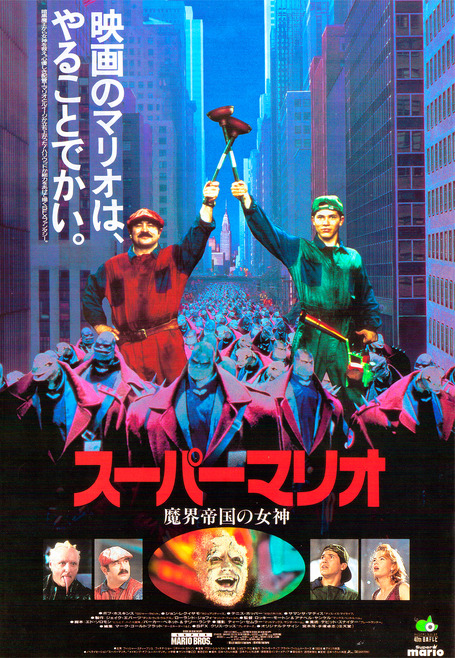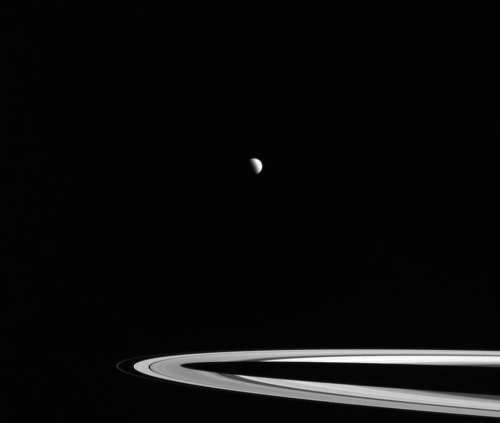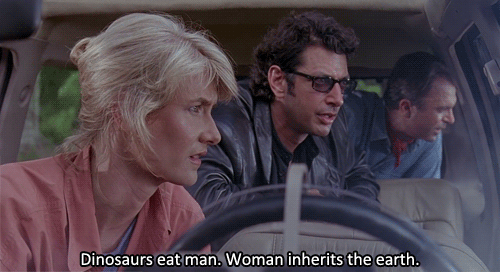lanas-own-blog
I've had lots of blogs in the past, but this one I'm actualy excited to share with people.
68 posts
Latest Posts by lanas-own-blog











Our Flying Observatory Goes to New Zealand!
Our flying observatory, called SOFIA, carries a 100-inch telescope inside a Boeing 747SP aircraft. Scientists onboard study the life cycle of stars, planets (including Pluto’s atmosphere), the area around black holes and complex molecules in space.
Heading South

Once each year our flying observatory, SOFIA, its team and instruments travel to the Southern Hemisphere to Christchurch, New Zealand. From there the team studies stars and other objects that cannot be seen while flying in the Northern Hemisphere.
What We Study

We often study star formation in our Milky Way Galaxy. But from the Southern Hemisphere we can also study the lifecycle of stars in two other galaxies called the Magellanic Clouds. The Magallenic Clouds have different materials in them, which changes how stars form in these galaxies. Scientists are studying these differences to better understand how the first stars in our universe formed.
Home Away from Home

The observatory and its team use the National Science Foundation’s U.S. Antarctic Program facility at Christchurch International Airport. The Antarctic program’s off-season is June and July, so it’s an ideal time for us to use these facilities.
Another Blast of Winter

The Southern Hemisphere’s seasons are opposite from our own. When we are operating from Christchurch in June and July, it’s winter. This means that the nights are very long – ideal for our nighttime observing flights, which last approximately 10 hours.
Light Show

These observations often bring us so far south that the team onboard can see the Southern Lights, also called the Aurora Australis. This is the Southern Hemisphere equivalent of the Northern Lights, or Aurora Borealis, visible near the North Pole. Auroras are caused by particles from space hitting the atmosphere near Earth’s magnetic poles. Our scientists onboard SOFIA don’t study the aurora, but they do enjoy the view.
Make sure to follow us on Tumblr for your regular dose of space: http://nasa.tumblr.com

Titan with the rings of Saturn.


Orions Belt and Sword over Teides Peak : The southern part of Orion, the famous constellation and mythical hunter, appears quite picturesque posing here over a famous volcano. Located in the Canary Islands off the northwest coast of Africa, the snow-peaked Teide is one of the largest volcanoes on Earth. Lights from a group planning to summit Teide before dawn are visible below the volcanos peak. In this composite of exposures taken from the same location one night last month, the three iconic belt stars of Orion are seen just above the peak, while the famous Orion Nebula and the rest of Orions sword are visible beyond the volcanos left slope. Also visible in the long duration sky image are the Horsehead Nebula, seen as a dark indentation on the red emission nebula to the belts left, and the Flame Nebula, evident just above and to the right of the Horsehead. via NASA
js
























“I probably cried more for this story than any other stories I’ve done,“ says the photographer. “There were some film producers and editors that I wanted to work with. I showed them [my] footage and they were like, ‘Oh, this is unusable. There’s so much shaking and sobbing in background.’ That was just me. It was a very emotional experience.”

Buzz Aldrins self-portrait during Gemini 12 with the Earth reflecting off his visor, 12 November 1966
js

Charon from a different angle
via reddit
The Martian Movie and Our Real Journey to Mars
The Martian movie is set 20 years in the future, but here at NASA we are already developing many of the technologies that appear in the film. The movie takes the work we’re doing and extends it into fiction set in the 2030s, when NASA astronauts are regularly traveling to Mars and living on the surface. Here are a few ways The Martian movie compares to what we’re really doing on our journey to Mars:
Analog Missions

MOVIE: In the film, Astronaut Mark Watney is stranded on the Red Planet.
REALITY: In preparation for sending humans to Mars, we have completed one of the most extensive isolation missions in Hawaii, known as HI-SEAS. The goal of this study was to see how isolation and the lack of privacy in a small group affects social aspects of would-be explorers. The most recent simulation was eight months long, and the next mission is planned to last a year.
Spaceport

MOVIE: The Martian movie launches astronauts on the Aries missions from a refurbished and state of the art space center.
REALITY: Currently, the Ground Systems Development and Operations’ primary objective is to prepare the center to process and launch the next-generation vehicles and spacecraft designed to achieve our goals for space exploration. We are not only working to develop new systems, but also refurbishing and upgrading infrastructure to meet future demands.
Deep Space Propulsion

MOVIE: In the film, the astronauts depart the Red Planet using a propulsion system know as the Mars Ascent Vehicle (MAV).
REALITY: We are currently developing the most powerful rocket we’ve ever built, our Space Launch System (SLS). Once complete, this system will enable astronauts to travel deeper into the solar system than ever before! The RS-25 engines that will be used on the SLS, were previously utilized as the main engine on our space shuttles. These engines have proven their reliability and are currently being refurbished with updated and improved technology for our journey to Mars.
Mission Control

MOVIE: In the movie, Mission Control operations support the Aries 3 crew.
REALITY: On our real journey to Mars, Mission Control in Houston will support our Orion spacecraft and the crew onboard as they travel into deep space.
Habitat

MOVIE: The artificial living habitat on Mars in The Martian movie is constructed of industrial canvas and contains an array of life support systems.
REALITY: The Human Exploration Research Analog (HERA), formerly known as the Deep Space Habitat, is a three-story module that was designed and created through a series of university competitions. Studies conducted in habitat mockups will allow us to evolve this technology to create a reliable structures for use on Mars.
Rover

MOVIE: The characters in the film are able to cruise around the Red Planet inside the Mars Decent Vehicle (MDV).
REALITY: We are currently developing a next generation vehicle for space exploration. Our Mars Exploration Vehicle (MEV) is designed to be flexible depending on the destination. It will have a pressurized cabin, ability to house two astronauts for up to 14 days and will be about the size of a pickup truck.
Harvest

MOVIE: Astronaut Mark Watney grows potatoes on Mars in The Martian movie.
REALITY: We’re already growing and harvesting lettuce on the International Space Station in preparation for deep space exploration. Growing fresh food in space will provide future pioneers with a sustainable food supplement, and could also be used for recreational gardening during deep space missions.
Spacesuit

MOVIE: The spacesuit worn by astronauts in the film allows them to work and function on the surface of Mars, while protecting them from the harsh environment.
REALITY: Prototypes of our Z-2 Exploration Suit are helping to develop the technologies astronauts will use to live and work on the the Martian surface. Technology advances in this next generation spacesuit would shorten preparation time, improve safety and boost astronaut capabilities during spacewalks and surface activities.


Is it too late to jump on the pumpkin-everything bandwagon?
Select pumpkin images from our Seed Catalogs collection



